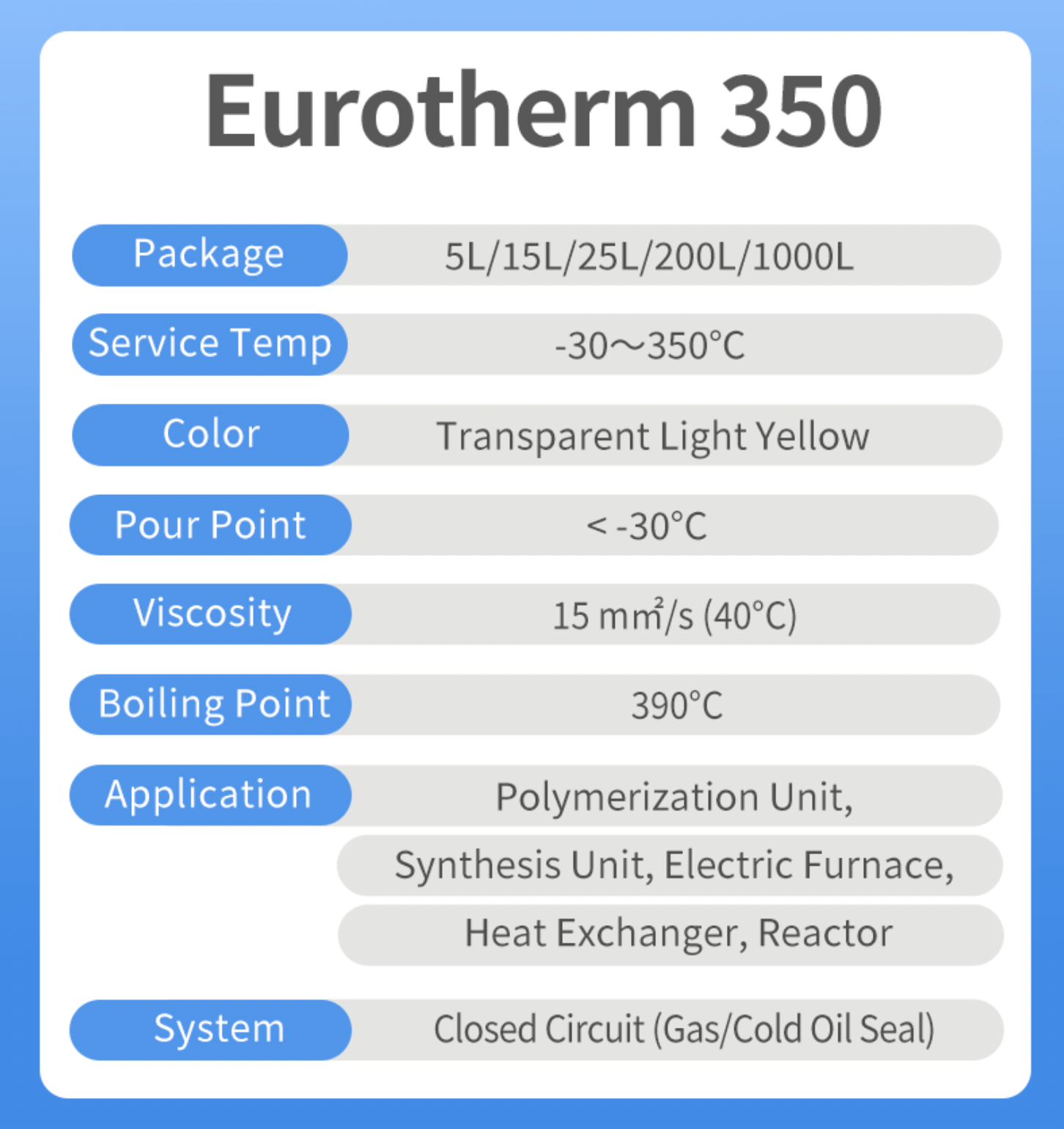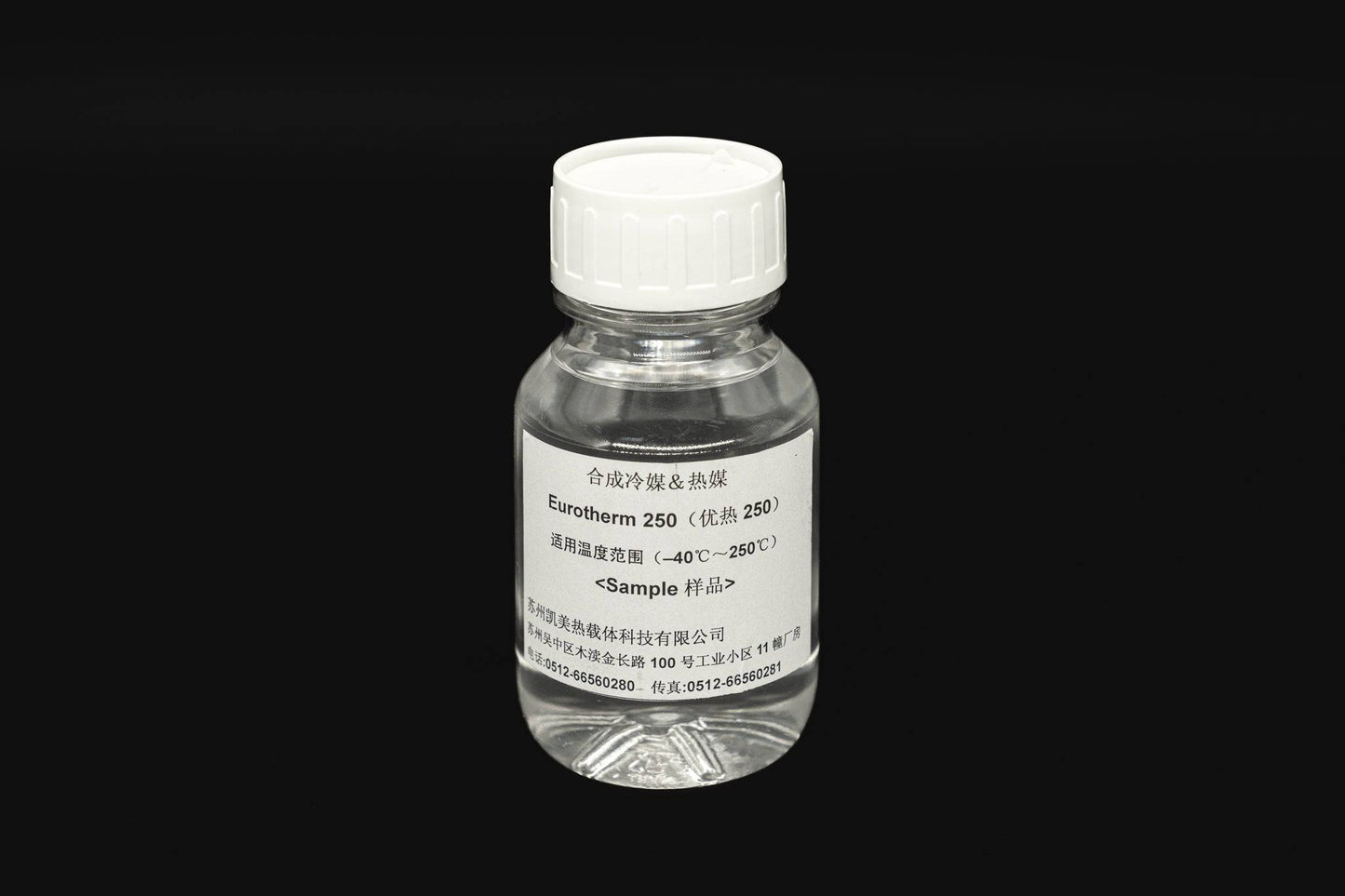The Buzz on Chemie
Table of ContentsThe smart Trick of Chemie That Nobody is Talking AboutThe Ultimate Guide To ChemieChemie for Beginners3 Simple Techniques For ChemieHow Chemie can Save You Time, Stress, and Money.The 3-Minute Rule for Chemie
By Bojanna Shantheyanda, Sreya Dutta, Kevin Coscia and David SchiemerDynalene, Inc. Liquid air conditioning, which can be attained using indirect or straight methods, is used in electronic devices applications having thermal power densities that might surpass secure dissipation through air cooling. Indirect liquid air conditioning is where warmth dissipating electronic components are literally separated from the fluid coolant, whereas in situation of direct cooling, the elements remain in straight contact with the coolant.Nevertheless, in indirect cooling applications the electrical conductivity can be important if there are leaks and/or splilling of the liquids onto the electronics. In the indirect air conditioning applications where water based liquids with rust preventions are usually utilized, the electric conductivity of the liquid coolant generally depends on the ion focus in the fluid stream.
The rise in the ion focus in a shut loop fluid stream may take place due to ion leaching from steels and nonmetal components that the coolant liquid is in contact with. Throughout operation, the electrical conductivity of the fluid might boost to a level which can be dangerous for the cooling system.
Not known Details About Chemie
(https://justpaste.it/eli5o)They are bead like polymers that are qualified of exchanging ions with ions in a service that it is in contact with. In the existing work, ion leaching examinations were carried out with various metals and polymers in both ultrapure deionized (DI) water, i.e. water which is dealt with to the highest degree of pureness, and low electrical conductive ethylene glycol/water combination, with the gauged change in conductivity reported gradually.
The samples were permitted to equilibrate at space temperature for 2 days before videotaping the preliminary electrical conductivity. In all examinations reported in this research study fluid electrical conductivity was determined to an accuracy of 1% utilizing an Oakton CON 510/CON 6 series meter which was calibrated prior to each measurement.
The 9-Second Trick For Chemie
from the wall surface heating coils to the center of the heater. The PTFE example containers were placed in the furnace when consistent state temperature levels were reached. The test arrangement was eliminated from the heater every 168 hours (seven days), cooled down to space temperature with the electric conductivity of the liquid measured.
The electrical conductivity of the fluid sample was checked for a total of 5000 hours (208 days). Number 2. Schematic of the indirect shut loophole cooling down experiment set-up - dielectric coolant. Table 1. Components used in the indirect shut loophole cooling experiment that touch with the liquid coolant. A schematic of the experimental setup is revealed in Figure 2.

Everything about Chemie
The modification in liquid electric conductivity was checked for 136 hours. The fluid from the system was accumulated and saved.

0.1 g of Dowex resin was added to 100g of fluid examples that was taken in a different container. The combination was mixed and transform in the electric conductivity at space temperature level was gauged every hour. The measured change in the electrical conductivity of the UP-H2O and EG-LC test liquids consisting of polymer or steel when immersed for 5,000 hours at 80C is shown Figure 3.
The Only Guide for Chemie
Ion seeping experiment: Measured modification in electrical conductivity of water and EG-LC coolants having either polymer or metal samples when immersed for 5,000 hours at 80C. The results indicate that metals added less ions into the fluids than plastics in both UP-H2O and EG-LC based coolants.
Liquids including polypropylene and HDPE exhibited the lowest electric conductivity changes. This might be as a result of the brief, rigid, direct chains which are less most likely to contribute ions than longer branched chains with weak intermolecular forces. Silicone also carried out well in both test fluids, as polysiloxanes are normally chemically inert as a result of the high bond power of the silicon-oxygen bond which would prevent destruction of the material right into the liquid.
How Chemie can Save You Time, Stress, and Money.
It would be anticipated that PVC would certainly create comparable outcomes to those blog of PTFE and HDPE based upon the comparable chemical frameworks of the products, nonetheless there may be other impurities existing in the PVC, such as plasticizers, that may influence the electrical conductivity of the liquid - silicone fluid. Furthermore, chloride teams in PVC can also leach right into the test liquid and can trigger a boost in electrical conductivity
Polyurethane totally disintegrated right into the test liquid by the end of 5000 hour test. Before and after photos of metal and polymer samples immersed for 5,000 hours at 80C in the ion leaching experiment.
Calculated adjustment in the electrical conductivity of UP-H2O coolant as a feature of time with and without resin cartridge in the closed indirect air conditioning loophole experiment. The measured modification in electric conductivity of the UP-H2O for 136 hours with and without ion exchange resin in the loophole is shown in Number 5.